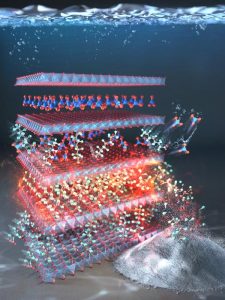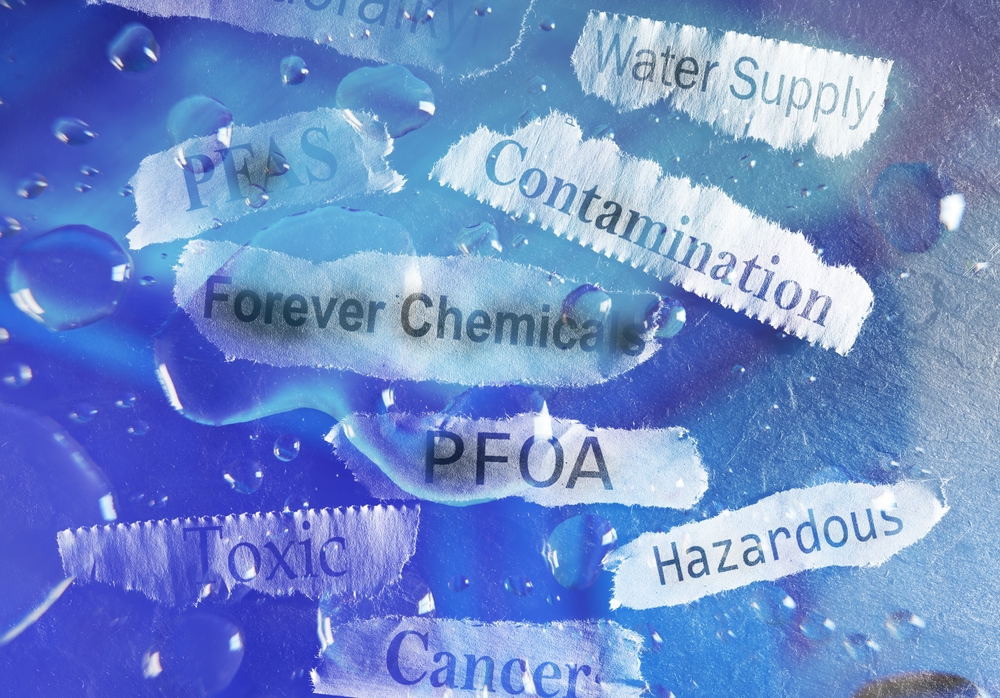In a major scientific breakthrough, Rice University researchers have announced a powerful new technology for PFAS removal that could transform global water purification efforts.
This innovative system not only captures these toxic “permanent chemicals” with record speed and efficiency, but also safely destroys them. This is a feat that scientists have not been able to accomplish for decades.
An environmentally friendly PFAS removal method developed in collaboration with leading institutions in South Korea is an important step towards tackling one of the world’s most persistent and widespread environmental pollutants.
As PFAS contamination threatens drinking water supplies and ecosystems around the world, Rice and his team’s findings provide a practical and sustainable solution to an urgent public health challenge.
The research was led by postdoctoral researcher Yongkun Chong, under the supervision of Professor Michael Wong of Rice University’s George R. Brown School of Engineering and Computing.
Collaborators include Professor Seoktae Kang of the Korea Advanced Institute of Science and Technology (KAIST) and Professor Kim Kim of Bukyong National University in South Korea.
PFAS dangers
Per- and polyfluoroalkyl substances (PFAS) are manufacturing chemicals developed in the 1940s that are valued for their resistance to heat, oil, and water.
These properties make it ideal for use in nonstick cookware, waterproof textiles, food packaging, firefighting foam, and more.
But this same durability has created a global pollution problem. PFAS are difficult to break down, so they accumulate in water, soil, and even in humans.
Studies have linked PFAS exposure to serious health risks, including cancer, liver damage, hormonal disorders, and immune system disorders.
Limitations of existing cleanup methods
Traditional PFAS purification technologies, such as activated carbon filters and ion-exchange resins, rely on adsorption to capture the chemicals.
While these systems can temporarily remove PFAS from water, they are often time-consuming, inefficient, and still produce secondary waste that must be disposed of.
This makes large-scale restoration costly and unsustainable.
Powerful new material for PFAS removal
The Rice-led team’s innovation centers around a layered double hydroxide (LDH) material composed of copper and aluminum, first developed at KAIST in 2021.

During experiments, Chung discovered that certain nitrate-based LDH compounds can capture PFAS with unprecedented speed and efficiency.
Tests have shown that the material absorbs PFAS more than 1,000 times more effectively than traditional adsorbents and can purify contaminated water 100 times faster than commercially available carbon filters.
Its performance comes from the material’s unique atomic structure, where precisely positioned layers and subtle charge differences attract and trap PFAS molecules almost instantly.
Real-world possibilities and sustainable design
The team tested the LDH material in a variety of water sources, including tap water, river water, and industrial wastewater.
In each case, it achieved rapid and complete PFAS removal and worked efficiently in both stationary and continuous flow systems.
But the real innovation lies in the system’s ability to not only capture PFAS but also destroy them. In collaboration with Rice professors Pedro Alvarez and James Tour, Professor Chong developed a thermal process to safely degrade captured PFAS by heating them with calcium carbonate.
This approach removed more than half of the PFAS without producing harmful byproducts, and the LDH was regenerated and reused.
shut down chemicals forever
This study represents the first demonstration of a closed-loop sustainable PFAS removal and destruction system.
Initial results show that the material can undergo at least six capture, decomposition, and regeneration cycles, significantly reducing waste and costs.
As PFAS contamination continues to threaten ecosystems and public health around the world, Rice University innovations provide powerful, scalable, and environmentally responsible solutions that move the world one step closer to finally breaking the never-ending cycle of chemicals.
Source link

